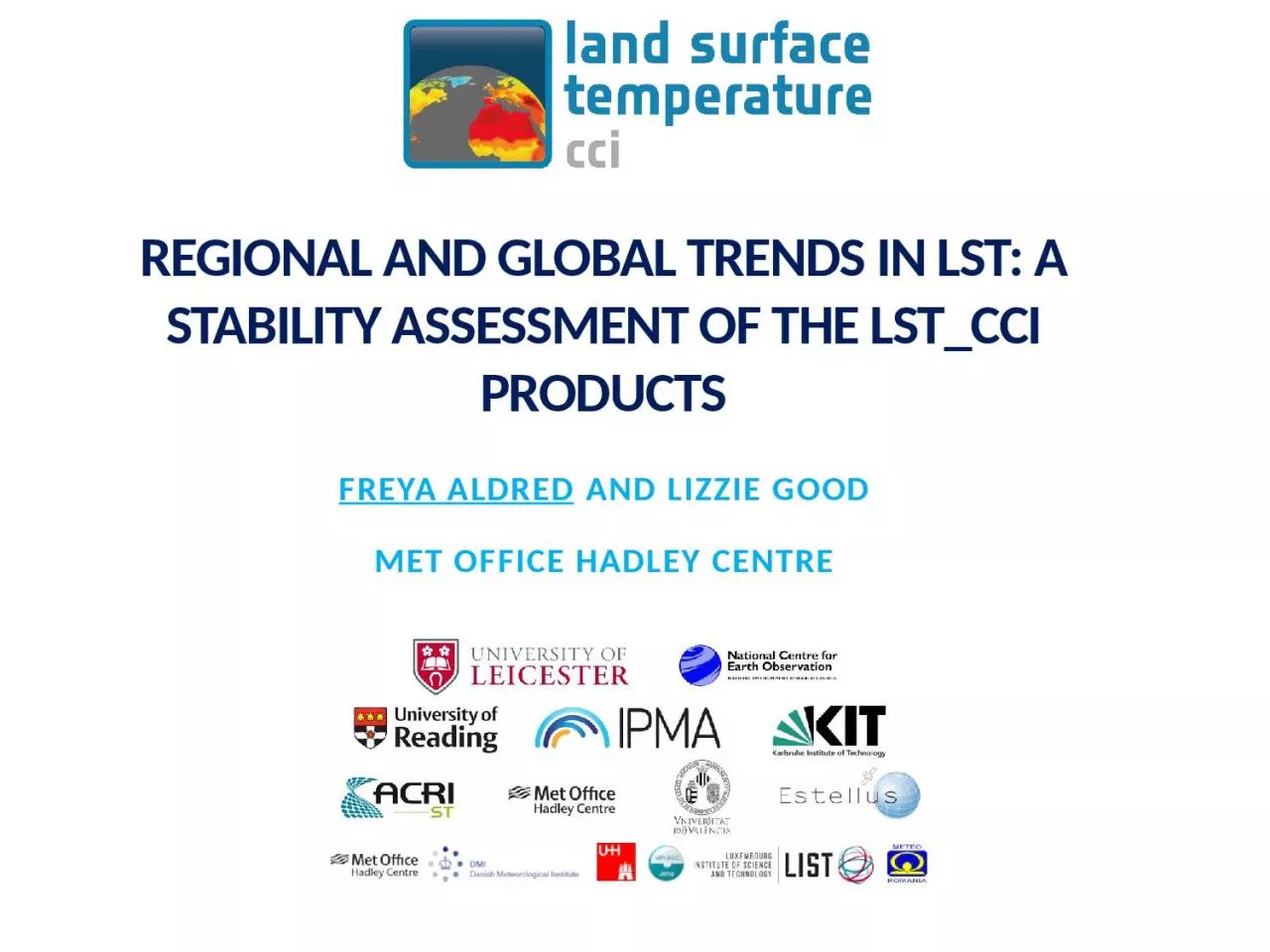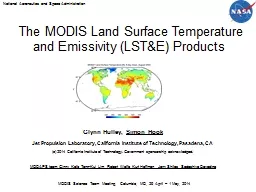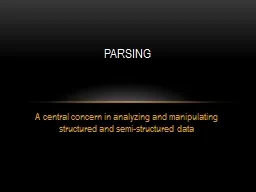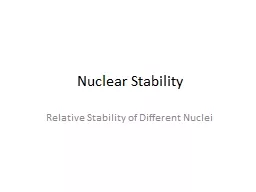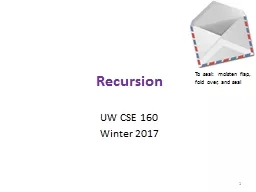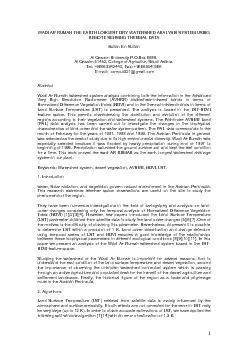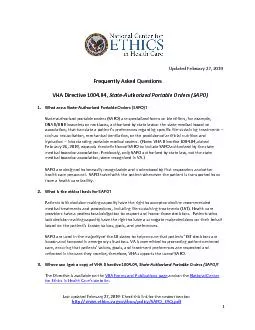PPT-Regional and global trends in LST: A Stability Assessment of the
Author : desha | Published Date : 2023-10-04
LSTcci Products Freya Aldred and Lizzie Good Met Office Hadley Centre Motivation Trends in 2m air temperature T2m are well established Obtained from network of weather
Presentation Embed Code
Download Presentation
Download Presentation The PPT/PDF document "Regional and global trends in LST: A Sta..." is the property of its rightful owner. Permission is granted to download and print the materials on this website for personal, non-commercial use only, and to display it on your personal computer provided you do not modify the materials and that you retain all copyright notices contained in the materials. By downloading content from our website, you accept the terms of this agreement.
Regional and global trends in LST: A Stability Assessment of the: Transcript
Download Rules Of Document
"Regional and global trends in LST: A Stability Assessment of the"The content belongs to its owner. You may download and print it for personal use, without modification, and keep all copyright notices. By downloading, you agree to these terms.
Related Documents

